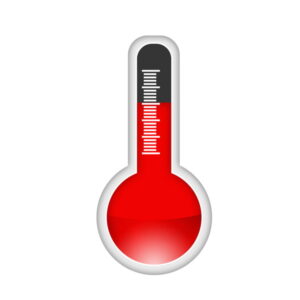Summer weather has arrived in Tampa Bay. This is when air conditioning systems become central to people’s home lives. We can almost guarantee you’ve started to run your AC, and it’ll soon be an almost daily companion inside your home.
Assuming an AC will work as you need it, summer after summer, with no issues will eventually lead to grief. You might be putting too much strain on your air conditioning system already without knowing it. We’re here to help! Below we’ve listed ways homeowners can put their ACs under unnecessary strain that will lead to high bills, ac repairs, and an early system replacement. If you’re doing any of the below, change your ways this summer.











